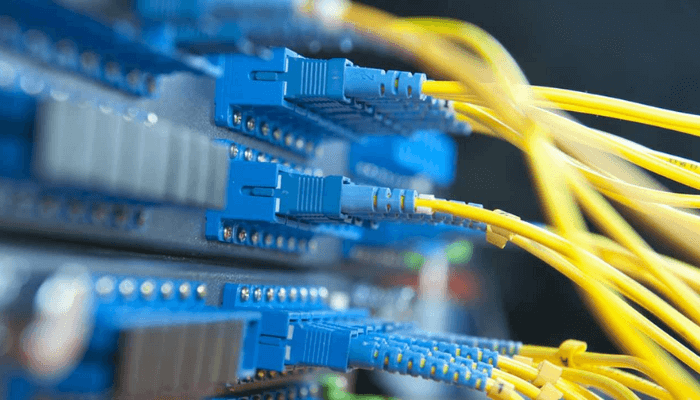Nigeria is set to welcome 32 million new unique mobile internet subscribers between 2025 and 2030, according to new data from GSMA, the global body for telecom operators.
These Nigerians are part of the nearly 800 million new mobile internet users expected by the end of the decade.
The country’s smartphone connections are projected to reach 230 million by 2030, with mobile data traffic per connection expected to quadruple. Much of this growth will come from rural areas, where connectivity gaps continue to exist.
Almost 40% of the world’s new mobile internet subscribers between 2025 and 2030 will come from Asia-Pacific, particularly India, Pakistan, and Indonesia. Sub-Saharan Africa is expected to account for nearly a quarter of new subscribers, while Latin America and the Middle East & North Africa (MENA) will contribute just over 10% each.
As of 2024, about 58 million Nigerians (29% of the population) were mobile internet users, forming part of the 4.7 billion global users (58% of the world’s population). The country had 141.66 million mobile internet subscriptions, driven by its multi-SIM market structure.
Internet usage in Nigeria has soared in recent years, driven by increased smartphone adoption. Monthly data usage has surged by 93.35%, reaching 1,000,930.6 terabytes (1,000,930,600 gigabytes) in January 2025 from 517,670.15 TB in January 2023, according to the Nigerian Communications Commission (NCC).
Read also: Here is how telcos’ internet speed performed in 2024
Currently, 3G, 4G, and 5G connections account for 58.37% of the country’s 169.04 million total mobile connections. The rise in smartphone penetration has fuelled demand for digital services, social media, and streaming content.
Entry-level Chinese phones have been crucial to helping the country’s growing smartphone adoption. According to the International Trade Center (ITC), Nigerians have spent $3.82 billion on telephones, including smartphone imports, since 2019, with $2.83 billion (74.09%) coming from China.
Manish Pravinkumar, senior consultant for Middle East and Africa (MEA) at Canalys, noted that Chinese brands dominate the Nigerian market due to their affordability, diverse features, and targeted marketing strategies.
“While many incumbents failed to recognise the need for affordable smartphones, Chinese OEMs quickly filled this gap,” he said.
This growth in data usage is expected to continue.
“The demand for data in Nigeria is exceptional and will continue to grow,” said Karl Toriola, the chief executive officer of MTN Nigeria.
GSMA attributes this growth to increased smartphone adoption and the rising consumption of video content, particularly short-form and AI-generated media.
By 2030, smartphones are projected to account for 91% of all mobile connections, up from 80% in 2024. This growth is expected to be driven by affordable device financing and increasing access to budget-friendly smartphones in low- and middle-income countries, according to GSMA.
However, for Nigeria to realise this growth, it needs to improve its policy environment and stimulate growth and development in its telecoms sector. In recent years, growth has slowed as telecom operators prioritise financial sustainability over network expansion.
To address this, the federal government has launched a $2 billion, 90,000km fibre project aimed at expanding internet access nationwide. GSMA estimates that if Nigeria creates a more conducive policy environment, an additional 15 million Nigerians could gain internet access by 2028.
